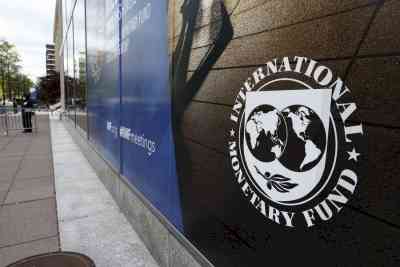National Highways offer real estate opportunity across India, with returns at an upward of 15%: JLL
The land price appreciation in micro markets is expected between 60% to 80% in short term and 20% to 25% as facilities become operational across the National Highways

Mumbai: The clear emphasis on national highways and expressways has given a boost to India's growth story in the last three decades. To develop commercial spaces, warehouses, and logistic parks, traveler facilities including wayside amenities, the government is focusing on providing world-class infrastructure and related services for the highway network. According to JLL, national highways offer real estate development opportunities across India with 15% upward returns.
In the short term, due to infrastructure development and connectivity being created, the real estate appreciation in the vicinity is estimated to be in the range of 60 to 80 per cent, however another spurt in the prices happens when the facilities/ wayside amenities become operational along the highways. These wayside amenities include restaurants, food courts, retail outlets, electric vehicle charging stations, warehouses, commercial developments, and so on.
Having recognised this opportunity, NHAI (National Highway Authority of India) has identified more than 650 properties across 22 states with a combined area of over 3,000 hectares to be developed with private sector participation in the next five years. It includes 94 sites on the Delhi Mumbai Expressway, 376 sites in under-construction new Highways/ Expressways, and close to 180 sites along an existing network of Highways in India.
A Shankar, Head - Strategic Consulting & Valuation Advisory, JLL said, “We envisage that NHAI will give an impetus to modernisation of the Indian Highway network in coming years, ultimately culminating in various advantageous effects for highways users, market players, developers, investors, and facility operators. Further, we estimate a land price appreciation in said sites micro-markets by 60% to 80% in short term and 20% to 25% as the facilities become operational.” “JLL has been appointed as an international consultant by NHAI for properties located in the North and South region of India. The engagement comprises of shortlisting of existing and new land parcels in a phased manner, identifying options for land monetization, detailed feasibility, and financial viability of each site. Out of the 650 identified sites, bids are already invited for 138 sites and had received enthusiastic participation from market players. The majority of the said 138 site tenders are still active to receive bids as of 30 June 2021,” he added.
Capex investment per site ranges from INR 1 to 10 crores on average or INR 2.0 crores per hectare of site area which all together translates to private investment to the tune of INR 4,800 crores in the next five years for this mission. The lessee returns for a typical site and project are estimated to be in the range of 15% to 30%. Clear land title, encumbrance free and pre-approved sites, with no change in land use required, in addition to attractive lease tenure option of up to 30 years with flexible project development options will open more doors of growth for developers and potential investors.
The real estate development around this area provides immense potential for private sector participation. It emanates from established demand from the highway and non-highway traffic. Further, sites in prime locations across India, in the vicinity of major cities and towns are likely to appreciate.
The development would also go a long way in providing employment to the local population as well as rounded development of the neighborhoods of these identified sites. The opportunities are immense for private sector players to join hands in this nation-building exercise as India becomes the fastest highway developer in the world with a target of 40 kilometers a day this year and beyond. Additionally, the mission would add stimulus to India's logistics sector, which is highly defragmented with high logistics costs and inadequate infrastructure.


 cityairnews
cityairnews 









